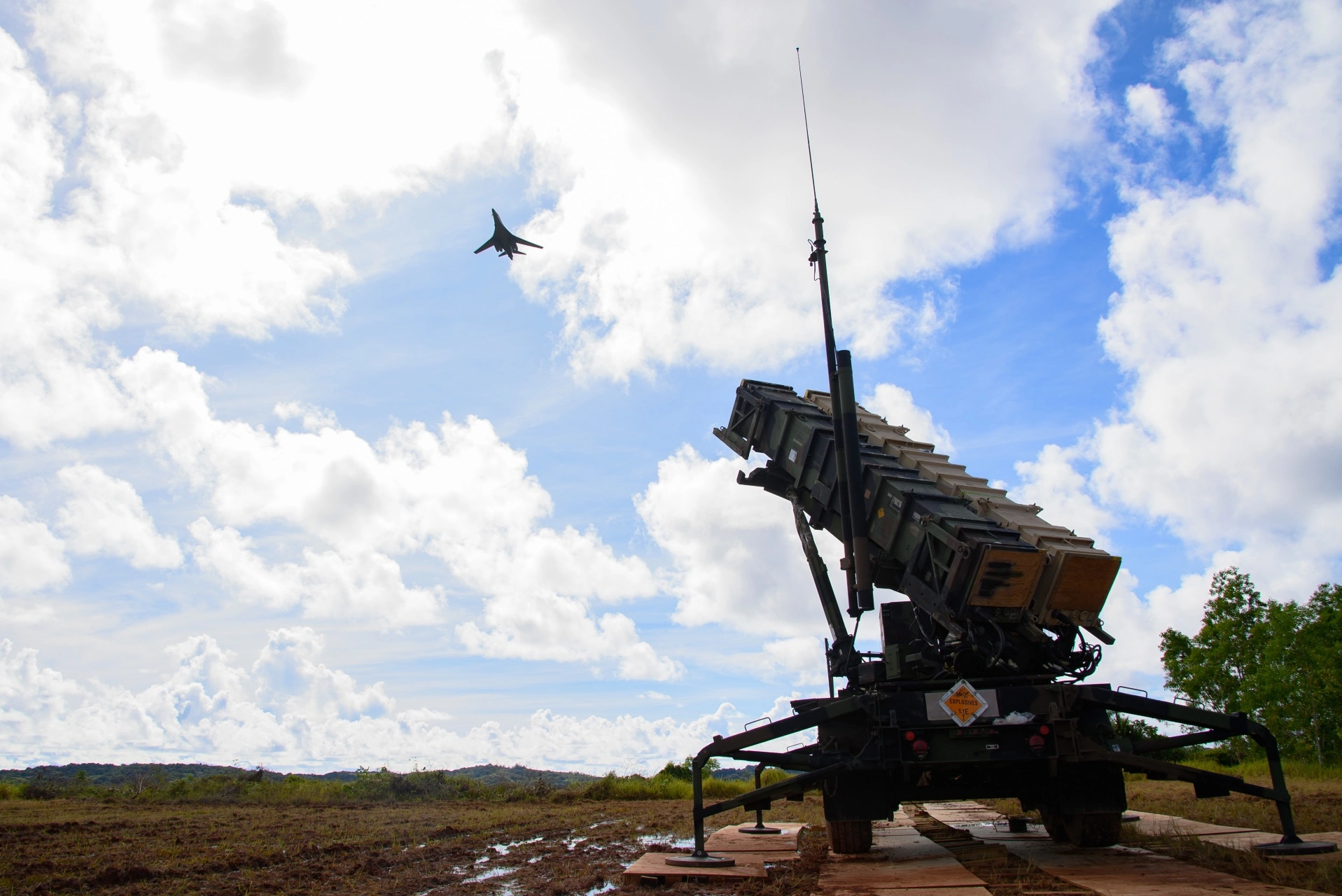Submission Statement
Western analysts have a strong bias towards conservative estimation, one so strong that it is frequently parodied in memes about the military-industrial complex. While the perils of overestimating one’s capability are far greater than those of underestimation, underestimating does carry risks of its own. This article focuses on those risks within the context of wargaming and provides recommendations for better incorporating Western advantages and a more risk-tolerant mentality into wargames, conflict analysis, and procurement decisions. The author recommends recognizing and accounting for Western personnel advantages and incorporating acceptable levels of risk into wargame designs.
Lt. Cdr. Josh “Minkus” Portzer is a P-8A weapons and tactics instructor in the U.S. Navy. The views expressed here are his own.
In today’s wargaming, survivability is often a major currency through which a platform displays its value (expressed as relevancy) for future investments and growth within the defense budget. All military platforms have noteworthy capabilities. However, if an asset (such as a high-value plane) cannot get into an area without being destroyed, it is not seen as survivable. The concept of risk can offset the latent threat posed by a lack of survivability. The potential shootdown of a U.S. aircraft may, in general, be seen as unacceptable. Yet, if the commander is willing to accept risk, the threat of the shootdown may become tolerable. In that sense, risk can be a mitigator in the commander’s decision calculus when hedging against the question of survivability. Both concepts today feed an over-conservative characterization of the battlespace that has potential financial consequences.
There are many military wargames and conflict scenario simulations that are robust enough to circumnavigate these mentioned pitfalls. However, the inherent danger in the Department of Defense is that these wargaming-based studies can inform investment (or theoretically, divestment) decisions. In general, this is a good thing. U.S. taxpayers should want military business decisions to be sound ones, based on studies and modeled scenarios. However, when a lack of robustness in these studies manifests (perhaps due to accidental oversights, or a shortage of manning or time, or an absence of sophisticated modeling tools), a component service of the Department of Defense may make a misinformed business decision — albeit with good intentions of doing right by the taxpayer.
To return again to the aircraft versus missile example: If wargaming analysts retain their conservative bias towards unit-level risk and believe that the friendly aircraft is not survivable against the adversary missile, the analysts may find that the aircraft is not able to enter or adequately maneuver through the battlespace. If that is assumed to be true, then for a given anticipated conflict, the friendly aircraft may not be relevant. Now comes the survivability death spiral: If the friendly aircraft is not relevant in the next anticipated conflict, then why continue to invest in it by way of weapons, additional sensors, and other technology that may be outfitted on the platform? Alternative investment decisions then are made for other friendly platforms at the cost of the allegedly non-survivable aircraft.
Survivability and risk will forever be bedfellows of wargaming and conflict scenario analysis — as they should be. Conflict will inevitably bring with it losses, and no country should accept loss of life or materiel with reckless abandon. Making sound strategic operational and financial decisions means rigorously studying one’s own capabilities as well as the adversary’s. At risk of invoking a timeless cliché: “Know thyself. Know thy enemy. A thousand battles, a thousand victories.” Yet as a corollary of caution, another literary work comes to mind: Miguel de Cervantes’ Don Quixote. On a quest for knighthood and in pursuit of chivalry, a comical Don Quixote fights imaginary enemies, notably making giants out of windmills. The phrase has become cemented idiomatically to represent waging conflict against exaggerated foes. It applies when one paints an enemy as 10 feet tall, but arguably, also when one paints oneself as 10 inches high. If viewing survivability through a peacetime lens of risk acceptance remains the status quo, the defense services run risk of tilting at windmills in several wargaming instances, some of which may induce the survivability death spiral for certain military assets.
By pursuing wargaming and modeling improvements that capture a more complete definition of survivability, and recalibrating how risk is defined therein, study conclusions will be more robust, accurate, and therefore more reliable. Moreover, those conclusions will optimize the investment decisions that the Department of Defense and component services make. In doing so, the chance of tilting at windmills is lessened. Conversely, the U.S. military may better invest in the pursuit of becoming giants.

